Unconventional warfare, with its emphasis on asymmetrical tactics and unconventional methods, has long played a significant role in military history. While Western military traditions have often focused on conventional strategies and large-scale battles, the Eastern approach has embraced the unorthodox, utilizing unique tactics and techniques to achieve their objectives.
In contrast to Western military doctrines, which tend to rely on overwhelming force and direct confrontation, the East traditions have emphasized flexibility, adaptability, and unconventional thinking. Instead of engaging in head-on clashes, Eastern armies often employed stealth, guerrilla warfare, and psychological manipulation to gain advantages over their adversaries. From the cunning stealth of ninjas to the thunderous charge of war elephants, let us delve into these unconventional maneuvers that have indelibly left their mark on the pages of history.
Ninjas and Shinobi
Employed by ancient Japanese military forces, ninjas, also known as shinobi, were highly skilled warriors who operated in the shadows. They emerged during a time of political turmoil, where powerful factions vied for control, and stealth and espionage became essential tools for survival. There are known for utilizing stealth, espionage, and unconventional combat techniques to carry out sabotage, intelligence gathering, and assassinations. With their mastery of disguise and guerrilla warfare, these shadowy figures struck fear into the hearts of their enemies. But their primary purpose was usually not to engage in direct battles but to gather information, disrupt enemy operations, and carry out covert missions that would undermine the opposition.
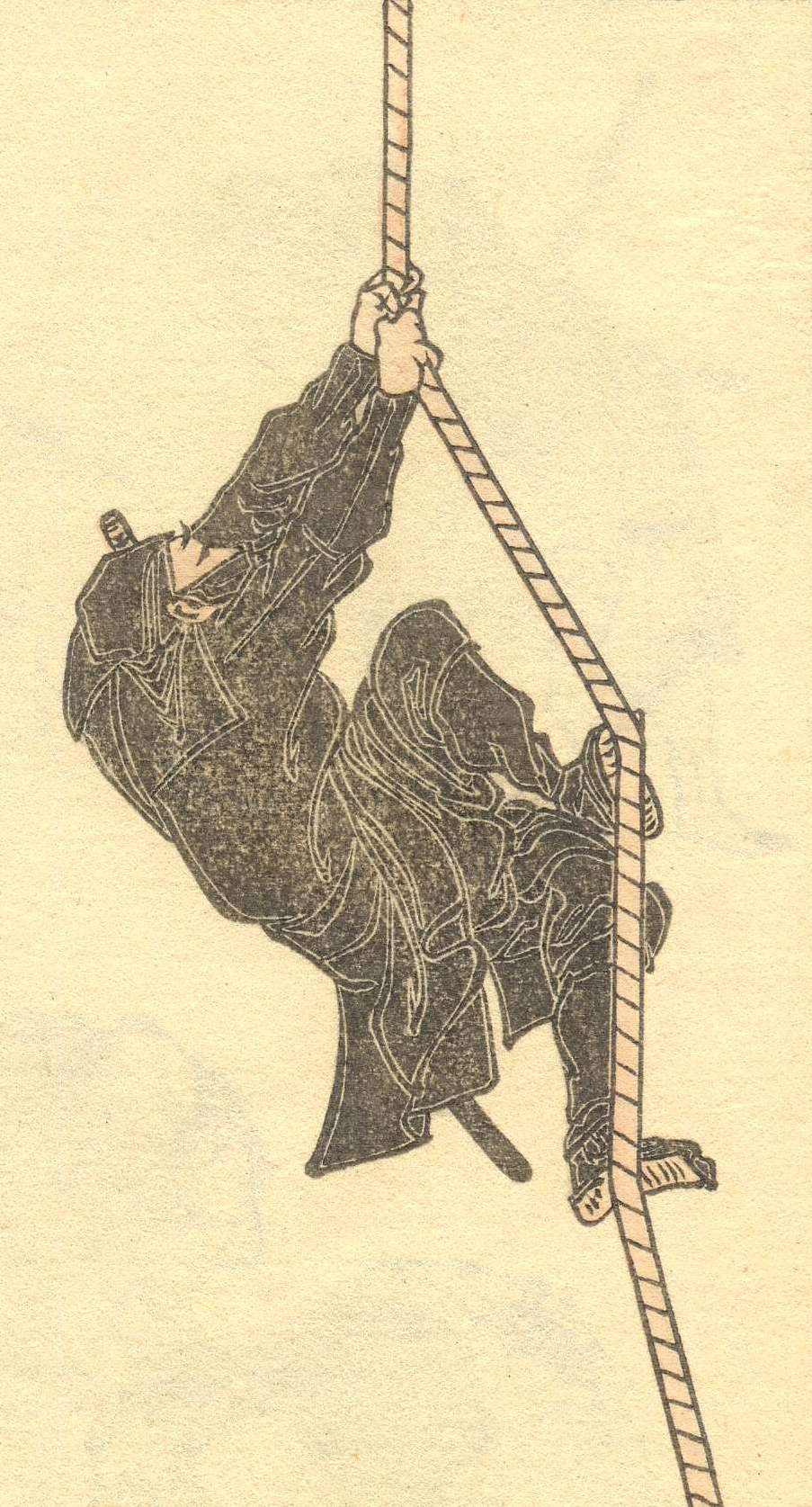
Historically, shinobis have made an impact on Japanese military history and have extended beyond the battlefield. Their reputation and mystique have endured through countless legends and tales, capturing the imagination of people worldwide, just as spies and undercover agents rose to prominence in pop culture. The image of the ninja as a shadowy figure clad in black had become iconic, symbolizing stealth, agility, and mastery of unconventional warfare.
Mongolian Horse Archers

The Mongol Empire’s military prowess was epitomized by its skilled horse archers. Founded by Genghis Khan in the 13th century, these archers employed hit-and-run tactics, feigned retreats, and mobile warfare to overwhelm and disorient their enemies, all while mounted on fast and agile horses. Their ability to rain down a hail of arrows while in motion made them a formidable force on the battlefield. Typical tactics include luring enemy forces into pursuing them, only to turn around suddenly and launch a counterattack. This creates confusion and disarray among their adversaries, who find themselves vulnerable and too late to react. Its effectiveness led the Mongol Empire to conquer vast territories and establish one of the largest empires in history.
Chinese Fire Arrows
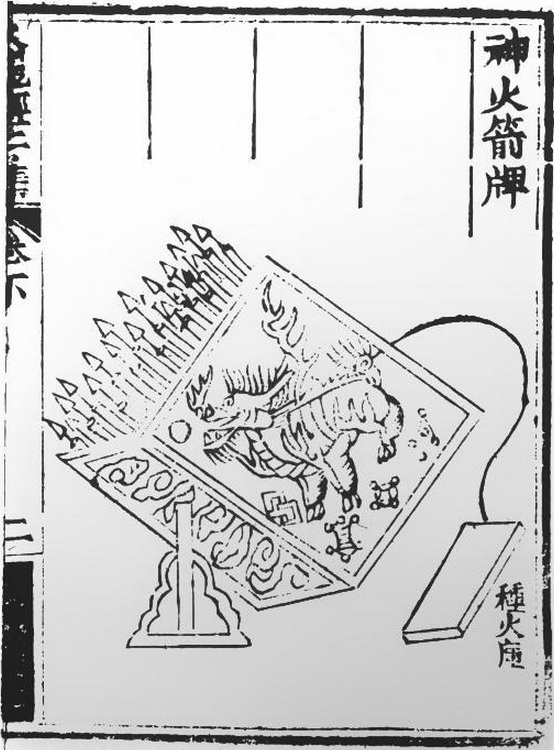
The Chinese military developed fire arrows as a unique weapon during ancient times. These arrows were equipped with explosive or incendiary tips, allowing them to disrupt enemy formations and set fire to structures. The fire arrows added an element of surprise and caused further chaos on the battlefield, creating a significant psychological impact on the enemy. Its introduction paved the way for a new form of long-range attack that forced enemies to adapt their defensive and counterattack strategies on the battlefield.
Indian War Elephants
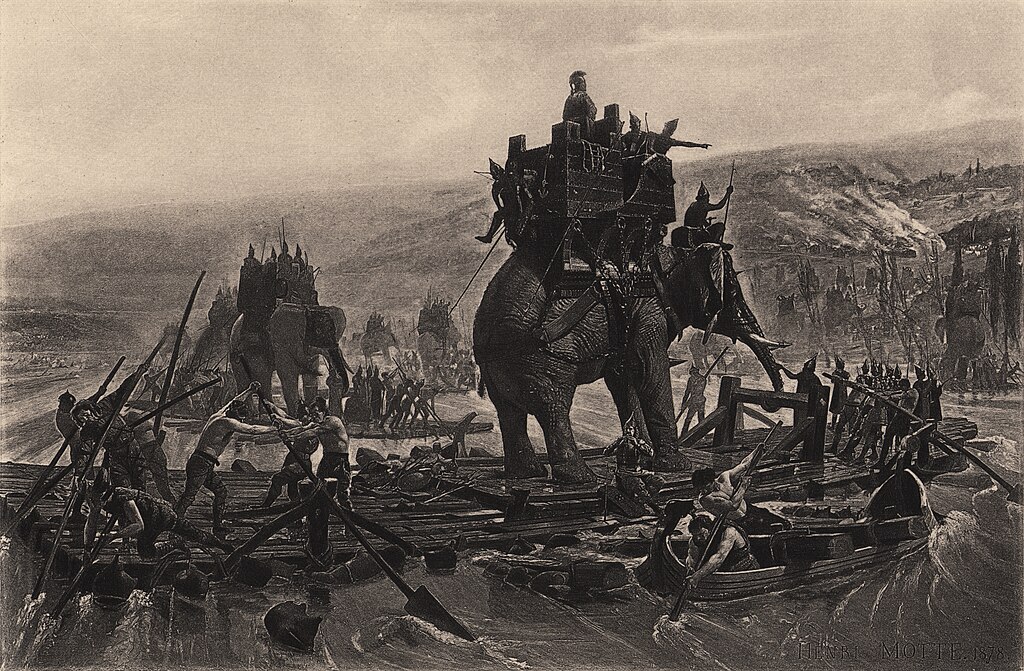
In ancient Indian warfare, the use of war elephants was a formidable tactic that instilled fear in adversaries. These majestic creatures were trained to charge enemy lines, trample infantry, and create chaos on the battlefield. The sheer size and power of war elephants made them a formidable force capable of breaking through enemy defenses. Their employment provided a significant advantage in battles, as their presence alone could intimidate and disrupt enemy formations. The historical impact of war elephants in Indian warfare was substantial, as they played a decisive role in numerous battles, symbolizing power and dominance.
Korean Turtle Ships

During the Joseon Dynasty, Korean naval forces pioneered using “turtle ships.” These heavily armored warships featured spiked roofs resembling a turtle’s shell, providing protection and serving as floating fortresses against enemy naval attacks. The unique design of these ships allowed for effective defense and strategic positioning, turning the tide of many naval engagements. The historical impact of Korean Turtle Ships was significant, as they revolutionized maritime warfare and showcased Korea’s innovative approach to naval defense. Their formidable presence deterred enemy forces and provided a platform for successful naval operations.
Gurkha Warfare
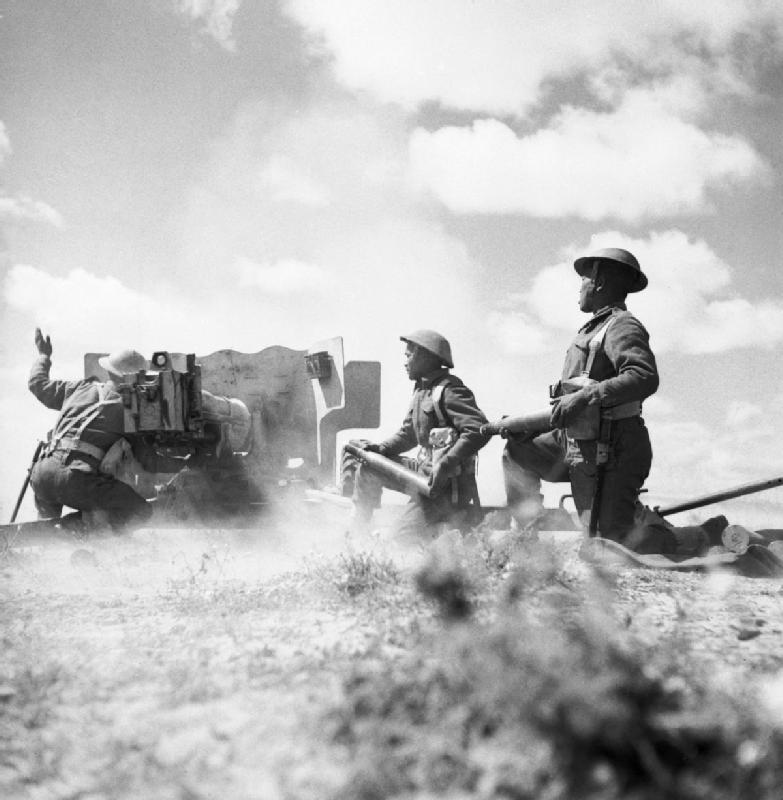
Gurkha soldiers from Nepal have a long history of employing unconventional warfare tactics. Renowned for their fierce reputation and mastery of guerrilla warfare, ambushes, and stealth, the Gurkhas have proven formidable opponents on the battlefield. Their tenacity, adaptability, and unconventional tactics have earned them a place among the world’s most respected military units. Gurkha warfare has made a historical impact through their contributions to various conflicts, where their unique tactics and unwavering bravery have often turned the tide of battles.
Arab Bedouin Raids

Bedouin tribes in the Arabian Peninsula were known for their hit-and-run raiding tactics. Harnessing their exceptional horsemanship skills, these warriors launched surprise attacks on enemy forces and swiftly retreated into the vast desert. Their agility, knowledge of the terrain, and lightning-fast strikes made them elusive and difficult to counter. Arab Bedouin raids served as a crucial aspect of desert warfare and had a historical impact by keeping adversaries on edge and disrupting enemy supply lines and communication networks.
The Sikh Khanda Formation
Sikh warriors would form a circular defensive formation, with the strongest soldiers in the center providing excellent defense. This also allowed close-quarters combat against larger enemy forces. The unity and resilience displayed by Sikh warriors in this formation symbolized their unwavering determination and commitment to their cause. Historically, the Sikh Khanda formation stood out in its effectiveness in battles, where it showcased the strength and strategic acumen of Sikh warriors.
Korean Hwacha Rocket Launchers
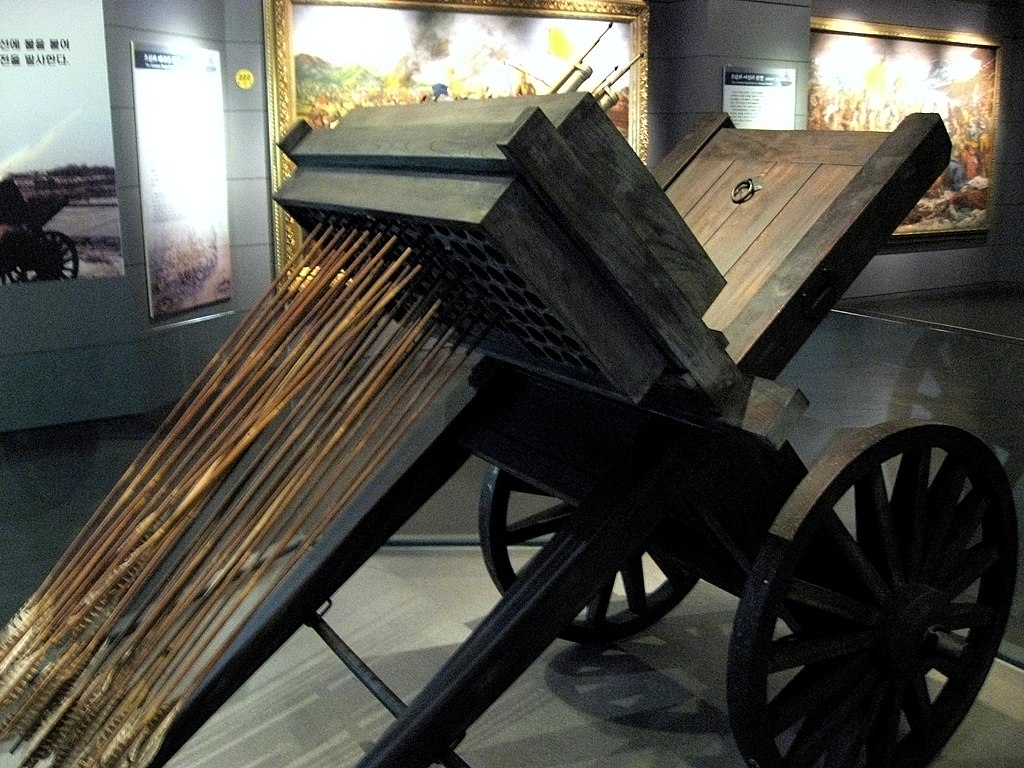
The Koreans developed a formidable weapon, the Hwacha, a multiple rocket launcher mounted on a cart. Capable of firing a barrage of arrows or rockets, the Hwacha had a devastating effect on enemy ranks. Its ability to rain down projectiles from a distance gave Korean forces a significant advantage in battle, allowing them to deliver a concentrated and powerful assault. What made Hwacha rocket launchers a remarkable unconventional tactic lies in their role in defending against enemy forces and inflicting heavy casualties, shaping the outcomes of several Korean conflicts.
Japanese Kamikaze Attacks
In the desperate final stages of World War II, Japanese pilots carried out kamikaze attacks as their last-ditch effort to turn the tides around in their favor. This unconventional tactic involves suicide missions, intentionally crashing their aircraft into enemy ships to inflict maximum damage and psychological impact. While highly controversial, these extreme tactics demonstrated the unwavering dedication and sacrifice of the Japanese military.
***
These unconventional Eastern military tactics highlight the ingenuity, adaptability, and strategic thinking of ancient and medieval armies. By thinking outside the box and embracing unorthodox approaches, these warriors achieved remarkable results on the battlefield. Their legacies inspire military strategists and enthusiasts alike, reminding us that brilliance often lies in breaking the mold and embracing the unexpected.

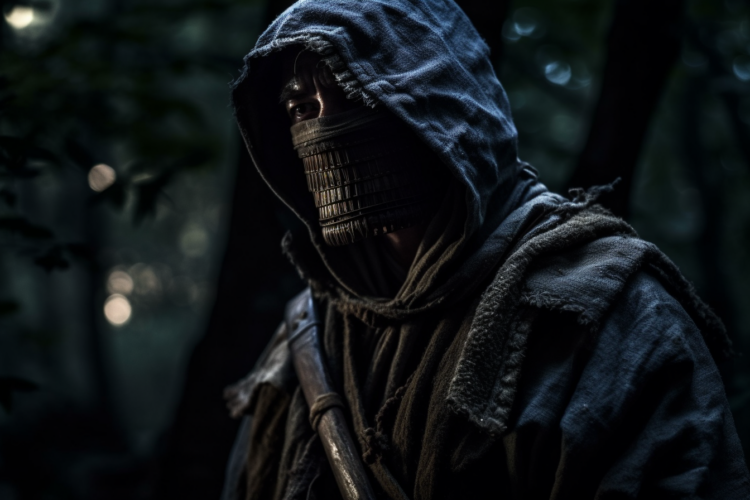








COMMENTS
You must become a subscriber or login to view or post comments on this article.